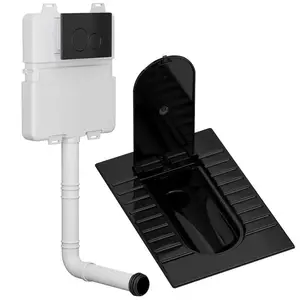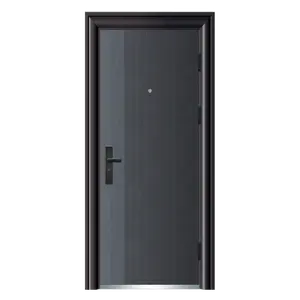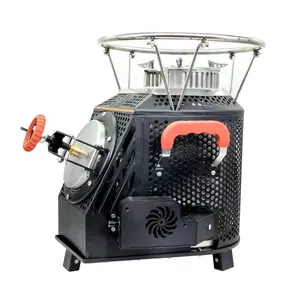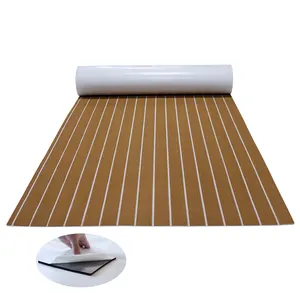Popular in your industry


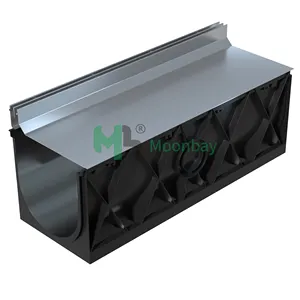




































































Related Searches:






















































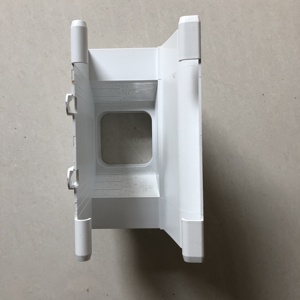












































































Top categories
About gutter downspout diverter
Introduction
In an era where water conservation is of paramount importance, rainwater harvesting emerges as a practical and sustainable solution. This process involves collecting runoff from structures, primarily roofs, and storing it for later use. A key component of this system is the gutter downspout diverter, a device that optimizes the inflow rate and handles overflow automatically. This article provides an in-depth guide on how to maximize rainwater harvesting using gutter downspout diverters. It covers the role of these diverters, the different types available, how to choose the right one, their installation, maintenance, and how to optimize their use for maximum rainwater collection.
Understanding Rainwater Harvesting
Rainwater harvesting is the process of collecting runoff from structures or surfaces for later use. This typically involves harvesting rain from a roof, where it collects in gutters and is channeled into downspouts and then into a storage vessel. Rainwater collection systems can range from simple rain barrels to elaborate cisterns that supply an entire household. Rainwater harvesting is becoming a viable alternative for supplying water to households and businesses, and is a common practice in many countries. It's a resourceful way to take control of your water supply and meet a substantial portion of your water needs.
The Role of Gutter Downspout Diverters in Rainwater Harvesting
Gutter downspout diverters play a crucial role in rainwater harvesting. They intercept rainwater flowing through a downspout and redirect it into a linked system of barrels. Once the barrels are full, the diverter redirects the excess water back down the existing downspout. This system optimizes the inflow rate and handles overflow automatically, making it a set-it-and-forget-it solution. The diverter's design ensures that most water is delivered directly to the reservoir, only allowing overflow when rainfall volumes exceed the inflow rate of the inlet hose.
Types of Gutter Downspout Diverters
Alibaba.com offers a variety of gutter downspout diverters and funnels, essential for effective rainwater harvesting. The types include basic diverters in sizes 2x3”, 3x4”, and 4x5”, inline diverters that allow you to place your rain barrel directly in line with your diverter, and offset diverters that enable you to position your rain barrel to the side of your diverter. They also offer round diverters in 3” and 4” sizes, and copper diverters for those seeking a more aesthetic appeal. Each diverter type is available in multiple sizes to suit different gutter systems.
Choosing the Right Gutter Downspout Diverter
Choosing the right gutter downspout diverter depends on your specific needs and circumstances. Some diverters are easy to install and catch water efficiently, but may cause clogs. Others are less likely to clog, but may not collect rainwater as effectively. The diverter with a built-in filter basket is great for long-distance setups, but can leak. Some diverters are simple but can cause water splashing. Others offer flexibility but lack overflow protection. Consider these factors when choosing the right diverter for your rainwater harvesting system.
Installation of Gutter Downspout Diverters
Installing a gutter downspout diverter is an effective solution to prevent rainwater from pouring off your roof. This device, available at home improvement centers, is a specially made piece of metal flashing that diverts rainwater away from doorways. Not only does it keep you dry, but it also prevents door deterioration. It's an easy and inexpensive solution, especially for houses without gutters. For a more detailed guide, you can watch the accompanying video.
Maintenance and Troubleshooting
Downspout maintenance is crucial. Regular maintenance takes only 15 minutes. Step 1: During gutter cleaning, ensure your downspout is directing water away from your home. If water is pooling up, your home is at a flooding risk. Step 2: If water is pooling up or collecting less than five feet away from your home, re-direct the water with gutter extensions. Step 3: Choose from three common types of downspout extensions: manual hinged extensions, automatic extensions, and underground extensions. Ensure your existing downspout is extended at least 5-6 feet away from your home.
Maximizing Rainwater Harvesting with Gutter Downspout Diverters
Maximizing rainwater harvesting is achievable with the right gutter downspout diverters. A flexible-fit downspout diverter that intercepts rainwater and redirects it into a linked system of barrels can be used. Once full, the diverter redirects the flow back down the existing downspout. This system optimizes the inflow rate and handles overflow automatically, providing a set-it-and-forget-it solution. Simultaneous overflow, or balanced inflow, allows inflow and overflow to be more balanced throughout the season, increasing your ability to infiltrate this water onsite and minimizing the chances of damage caused by uncontrolled overflow.
Conclusion
In conclusion, gutter downspout diverters are an essential component of an effective rainwater harvesting system. They offer a practical solution to water conservation, redirecting rainwater into storage vessels and managing overflow. Choosing the right diverter depends on specific needs and circumstances, and proper installation and maintenance are crucial for optimal performance. With the right diverter, you can significantly increase your rainwater harvesting efficiency, providing a sustainable solution to meet a substantial portion of your water needs. Remember, every drop of rainwater saved is a step towards a more sustainable future.
